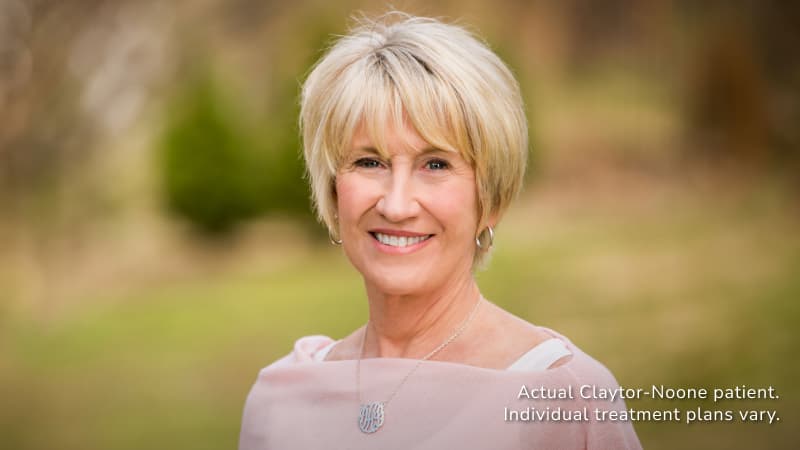While the face often takes center stage, the neck is one of the first places to show signs of age: sagging, loose skin, wrinkles, a double chin, or a so-called “turkey neck” can develop with age and sun damage to the fragile, thin skin below the chin. These are normal concerns for many people, and it can significantly impact your self-confidence if you feel that your neck’s appearance ages you.
As a board-certified plastic surgeon driven by a keen interest in innovative medical technologies and methods, Dr. Brannon Claytor offers numerous treatment options for neck aging. From surgical interventions to minimally invasive procedures, he aims to address these concerns in a safe, effective manner, always keeping your wellbeing and comfort at the forefront of his approach.
Causes
Sagging skin on the neck (or anywhere on the body, for that matter!) is typically caused by some combination of the natural aging process, genetics, environmental factors like sun exposure, weight-reduction and weight gain, and lifestyle choices such as smoking. These factors stretch the skin and/or reduce the production of collagen and elastin in our skin, leading to a condition known as skin laxity. On top of that, environmental and UV damage can leave behind pigmentation irregularities.
Dr. R. Brannon Claytor
Dr. Claytor is board certified by the American Board of Plastic Surgery and holds over 20 years of experience as a cosmetic plastic surgeon. An innovator and teacher in the field of plastic surgery, he uses advanced techniques like the drain-free tummy tuck and deep plane facelift to streamline recovery and provide natural-looking, durable results.

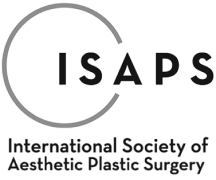
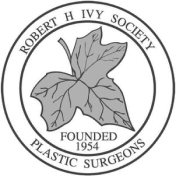
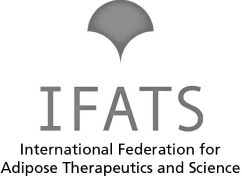
Signs of aging in the neck
Here are the specific concerns that bring patients to our Philadelphia plastic surgery clinic:
Sagging skin
The loss of collagen and elastin, proteins responsible for maintaining skin’s firmness and elasticity, can lead to skin laxity or sagging. Over time, gravity pulls down on our skin and underlying tissues, leading to drooping and sagging in the neck area. This is also referred to as “skin laxity.”
Turkey neck
“Turkey neck” or “turkey wattle” is an informal term that refers to loose neck skin that hangs down due to a loss of skin elasticity, as well as the weakening of the platysma muscle in the neck.
Sun damage
Overexposure to the sun can break down collagen and elastin fibers, leading to hyperpigmentation and signs of skin aging like sun spots, dark spots, or other sun damage, collectively known as “photoaging.”
“I am nearly three days out from my MyEllevate procedure…I felt so unbelievably cared for. The staff and Dr. Claytor were professional, nurturing, efficient, funny, helpful, and down to earth. They made me, and my best friend (who drove me and waited through my procedure) feel so comfortable and attended to.”
Double chin
Submental fullness, often referred to as a double chin, is a condition where fat (and potentially sagging skin) forms below the chin.
Wrinkles
Wrinkles and fine lines tend to appear as the skin loses its elasticity over time. This, combined with repetitive muscle movements, can lead to deep-set wrinkles and folds in the neck area.
Crepe-like texture
As skin elasticity declines and skin laxity increases, the skin can take on a very thin, crepe-like texture, which contributes to saggy skin.
Non-surgical treatments for sagging neck
Suffice it to say that “face yoga” or the latest miracle neck cream are not going to tighten loose skin. However, not all concerns require surgery: some minimally-invasive and non-surgical treatments can make a noteworthy difference when signs of aging are mild, moderate, or only surface-level. Here are some options we offer at Claytor Noone Plastic Surgery, plus how they work:
Laser skin resurfacing & IPL
Laser skin resurfacing uses light beams to stimulate the production of collagen, helping to improve skin texture and reduce the appearance of wrinkles. Intense Pulsed Light (IPL) treatments also target sun-damaged skin to improve tone and texture.
Microneedling or RF microneedling
During microneedling treatment, very fine sterile needles are passed over the skin, where they create micro-punctures to stimulate a healing response that induces collagen production. Since collagen is the building block of firm, smooth skin, this treatment contributes to smoother, more youthful-looking skin in the neck. Because of this “collagen remodeling” response, microneedling is even able to smooth skin texture imperfections like acne scarring, or reduce pigmentation irregularities like sun spots or sun damage. For greater skin tightening benefits, Morpheus8 RF microneedling combines this manual collagen induction therapy with radiofrequency (RF) energy, which heats the deeper dermis layer of the skin.
Fractional Laser Skin Resurfacing

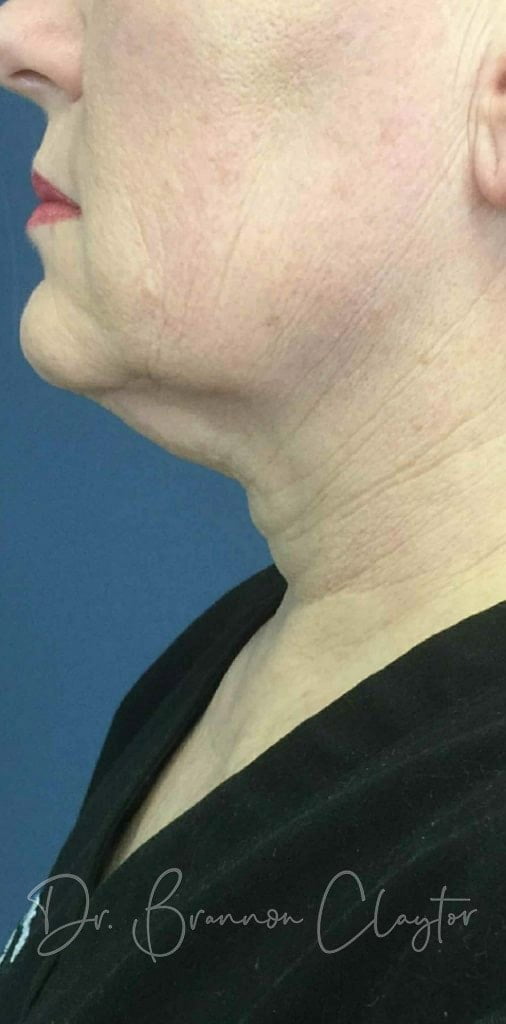
Dr. Claytor’s patient is shown before and after a series of 2 fractional laser skin resurfacing treatments.
*Individual results may vary.
Botox, Dysport, Xeomin, and Daxxify
Injectables like Botox, Dysport, Xeomin, and Daxxify can help treat wrinkles and lines caused by repetitive muscle movements in the neck. These neurotoxins temporarily relax the muscles, resulting in a smoother and youthful appearance. Botox injections are placed in the platysma muscles of the neck to soften their taut appearance. (While hyaluronic acid dermal fillers, like Juvederm, may offer anti-aging results in the face, they are used less often in the neck area.)
Skincare
At-home treatments such as retinol (vitamin A) creams and proper skincare, including the use of a sunscreen cream with a high SPF, can help to treat mild fine lines and protect the neck from further sun damage. It’s important to remember that while these options may help, they cannot provide the same dramatic results as professional neck wrinkle treatments; we carry several lines of medical grade skincare products to help you maintain and protect your skin.
Minimally-invasive procedures & cosmetic surgery
Precision Tx Neck Lift
The Precision Tx™ Minimally Invasive neck lift harnesses the power of laser liposuction to sculpt mild neck sagging by melting fat and promoting collagen production below the outer layer of skin. Precision Tx provides a noteworthy tightening effect with just a tiny incision located by the earlobe and very little downtime. Results develop gradually, as collagen production improves after the procedure. Note that, for optimal results, Dr. Claytor only performs Precision Tx in conjunction with My Ellevate.
My Ellevate Neck Lift
While it technically involves a small incision, My Ellevate neck lift is considered a minimally invasive procedure and can be performed under local anesthesia in our office. During the procedure, Dr. Claytor uses a light-guided suture system to elevate and support the underlying neck tissue without extensive incisions or removal of skin. For patients who are good candidates, this leads to a profound lifting effect without the need for invasive surgery.
MyEllevate Neck Lift
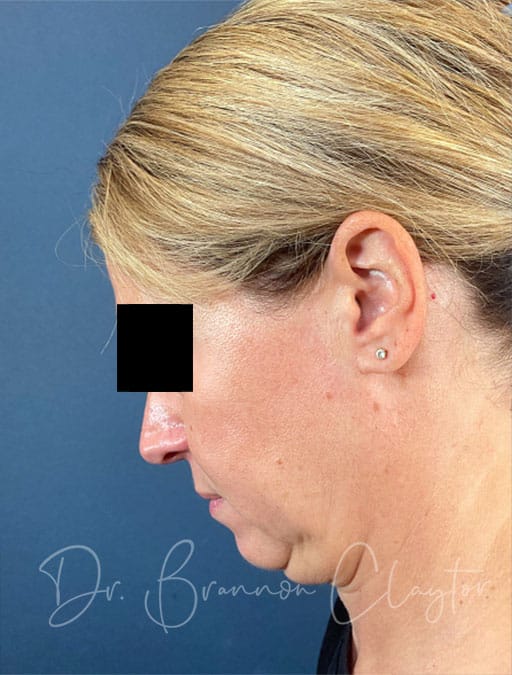
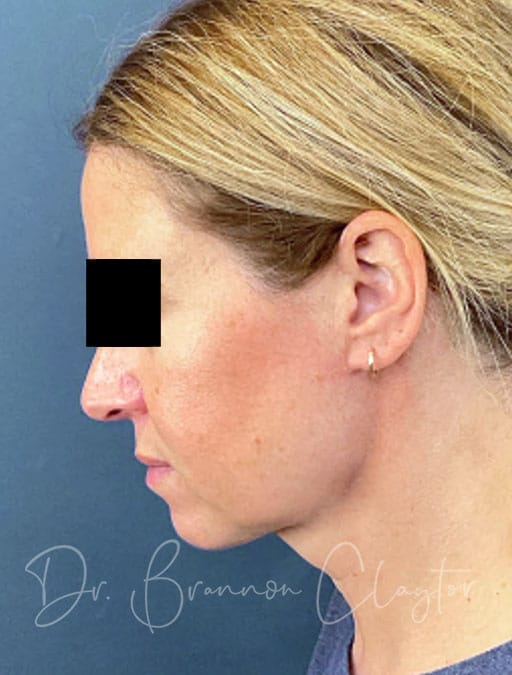
This 50-year-old patient wished to address skin laxity on her neck and jawline. After photos show results 6 weeks post-open posterior neck lift with MyEllevate suture.
*Individual results may vary.
Neck lift
A neck lift is also known as a lower rhytidectomy or lower facelift. This neck surgery involves (1) removing excess skin and fat in the neck and below the skin and (2) tightens the underlying neck muscles, ultimately reducing saggy skin and wrinkles, creating a smooth, more youthful appearance.
Dr. Claytor specializes in the latest neck lift techniques
Dr. Claytor is well-known for his deep plane face and neck lift technique, which involves releasing ligaments and deeper facial structures to allow a more comprehensive repositioning of falling muscles, fascial tissue, fat, and facial skin.
In the neck specifically, Dr. Claytor’s unique approach involves a platysmaplasty, in which Dr. Claytor releases the platysma muscle of the neck, elevates it, and anchors it behind the ear and mandible to create an elegant, well-defined neckline and jawline, effectively turning back the hands of time on facial aging.
Surgical Neck Lift
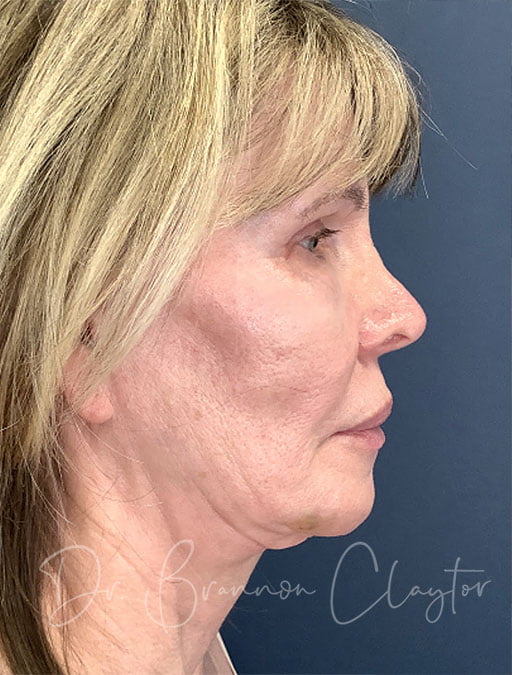

*Individual results may vary.
Liposuction
Liposuction is a surgical procedure that removes excess fat deposits in the neck and chin area to improve contours and proportion. Fat cells are removed using a suction device. Liposuction can be fully customized to each patient’s needs, and it is often combined with a neck lift to create a very slim, powerful-looking jawline.
Trust only the best with your neck rejuvenationWhen considering neck treatments, seek a board-certified plastic surgeon who is experienced and skilled in both surgical and noninvasive neck rejuvenation procedures. Dr. Brannon Claytor is a well-known expert in face and neck rejuvenation, regularly presenting his surgical techniques and research findings to fellow board-certified plastic surgeons. From minimally invasive to surgical solutions, Dr. Claytor is passionate about helping patients find the technique that meets their goals on their timeline and achieving gorgeous, natural-looking anti-aging results.
Why choose Dr. Claytor for your plastic surgeon?
Double Board-Certified for a high level of safety and precision
Chief of Plastic Surgery at Main Line Health, a top health system
Board Member of The Aesthetic Society, shaping the future of aesthetics
8x Philadelphia Magazine Top Doctor for exceptional patient care
Recognized as one of America’s Best Plastic Surgeons by Newsweek
Drain-free recovery expert for faster, more comfortable healing
Deep plane facelift innovator and global educator
Active researcher in surgical and non-surgical aesthetic advancements
Highly regarded for his surgical expertise and outcomes, as well as his dedicated follow-up care





Take the first step and schedule your consultation by calling (610) 527-4833 or contacting our office online today.

Medically reviewed by Dr. R. Brannon Claytor — Updated on Mar 21, 2025

